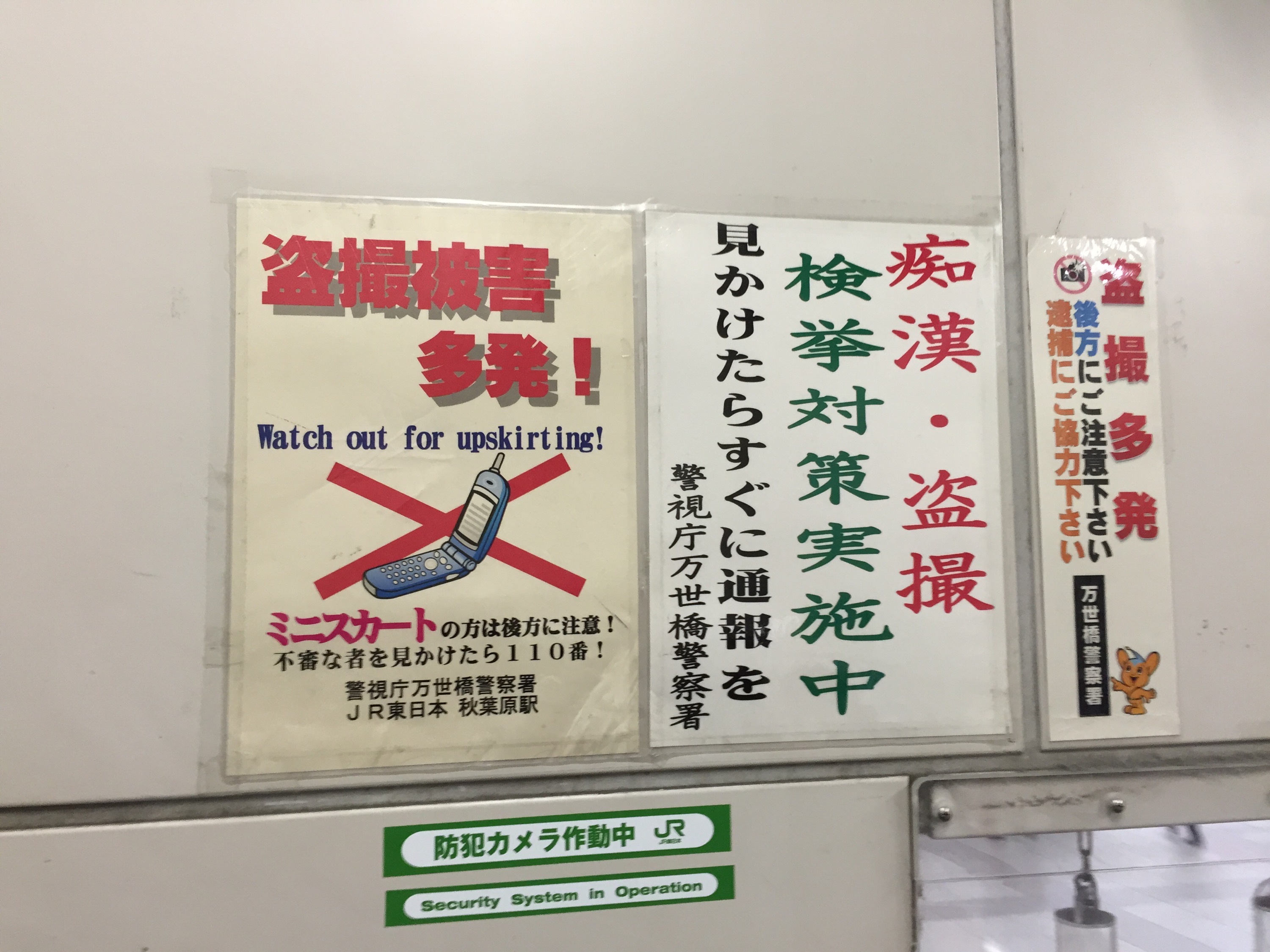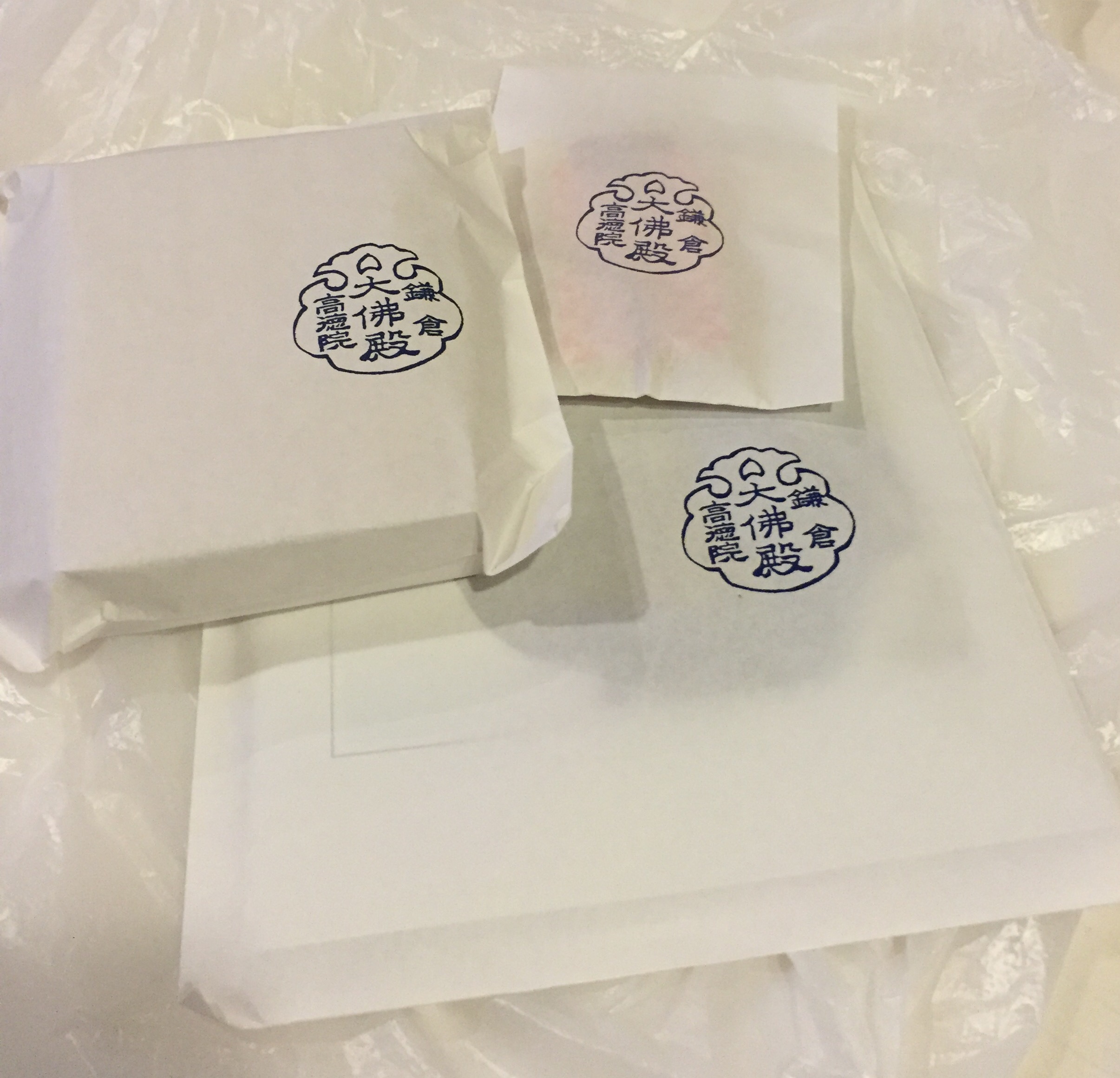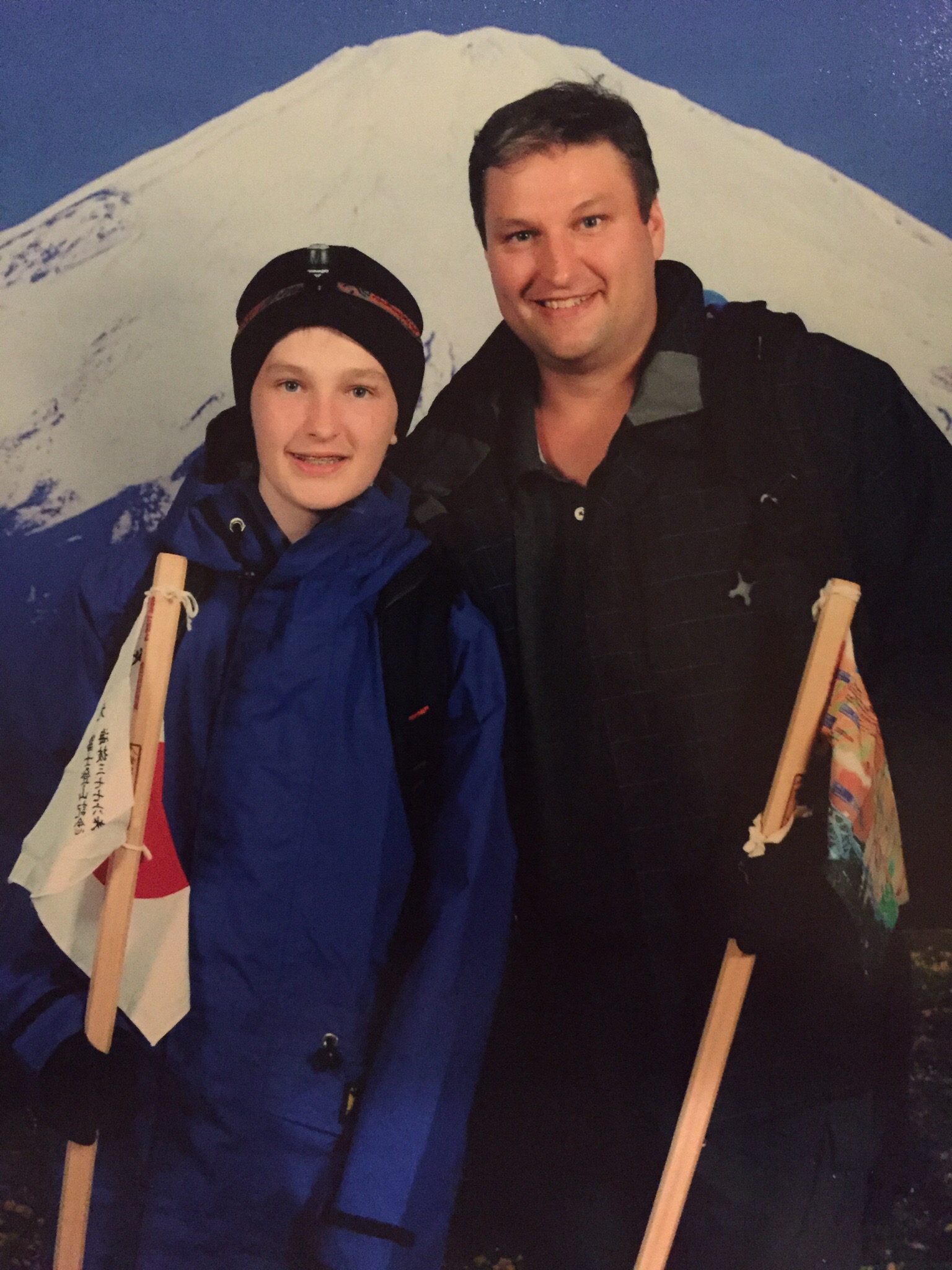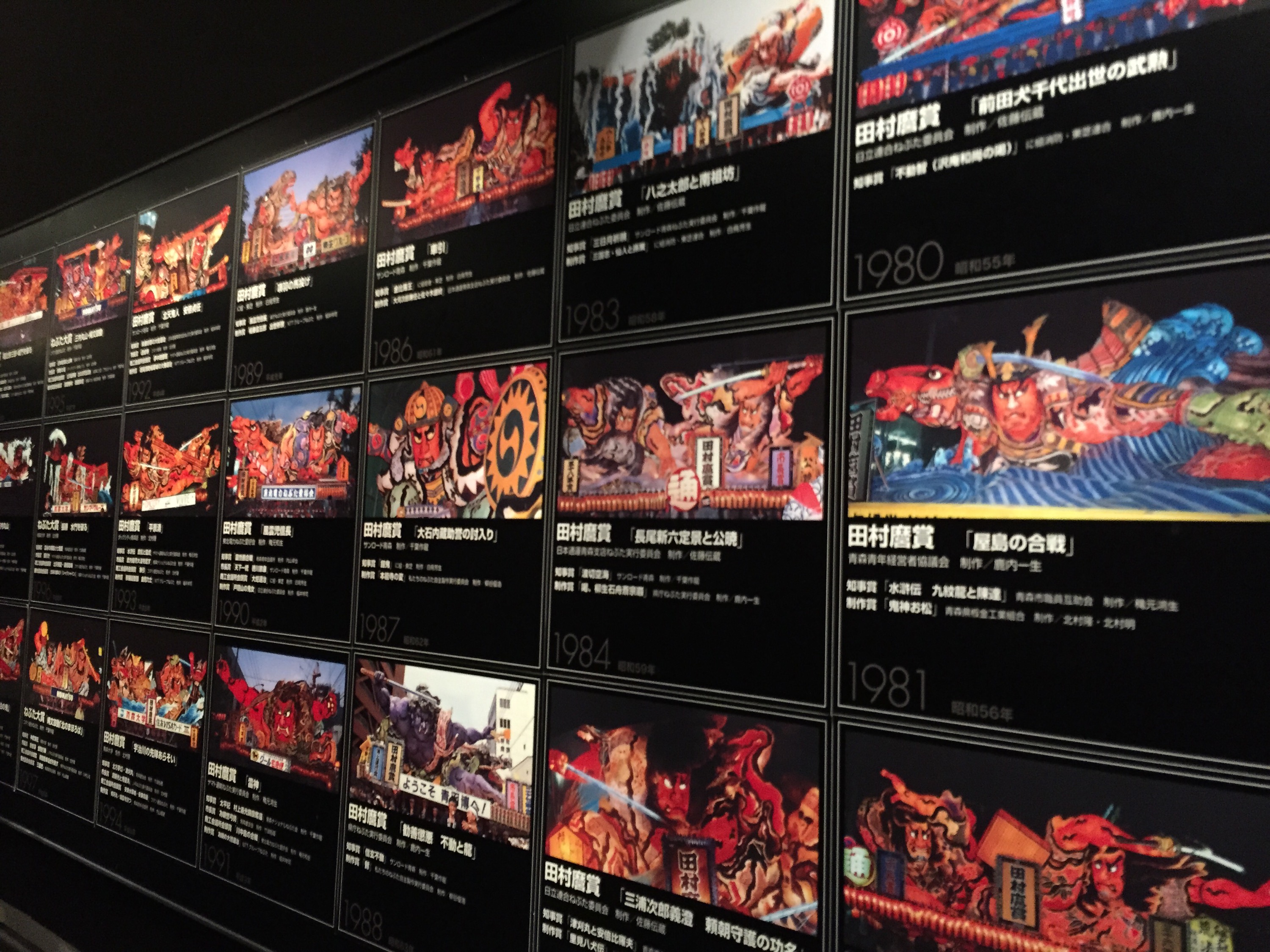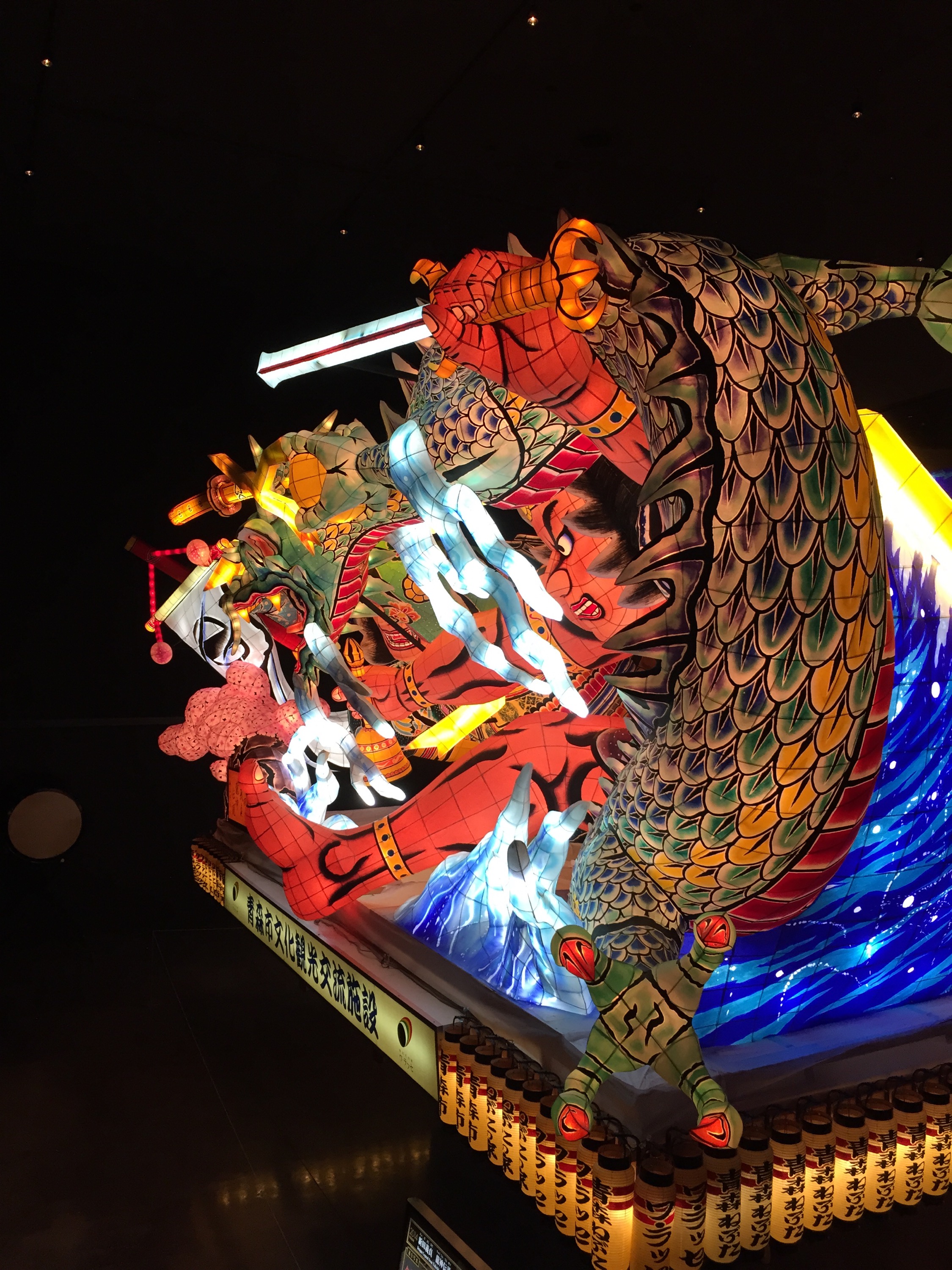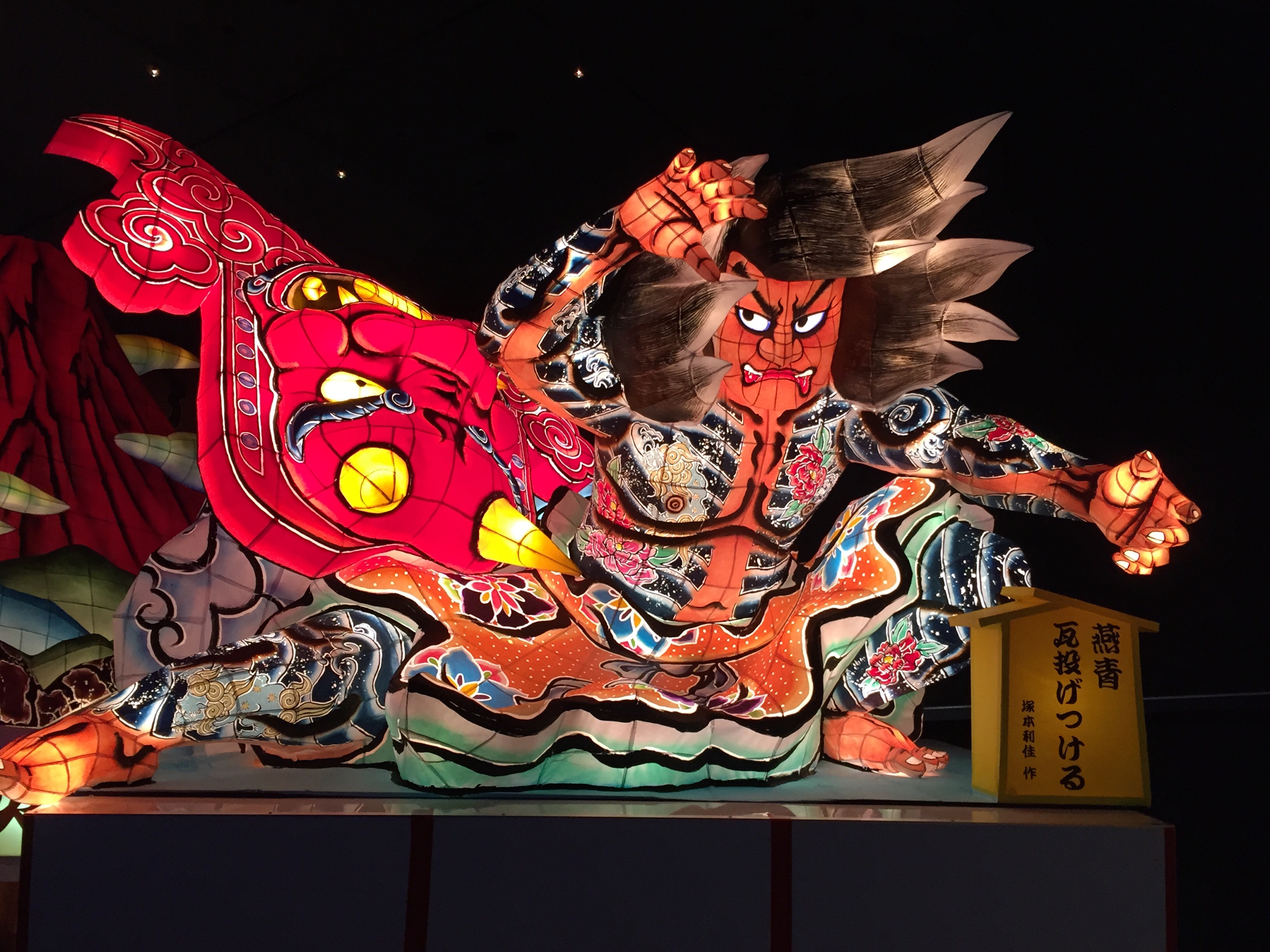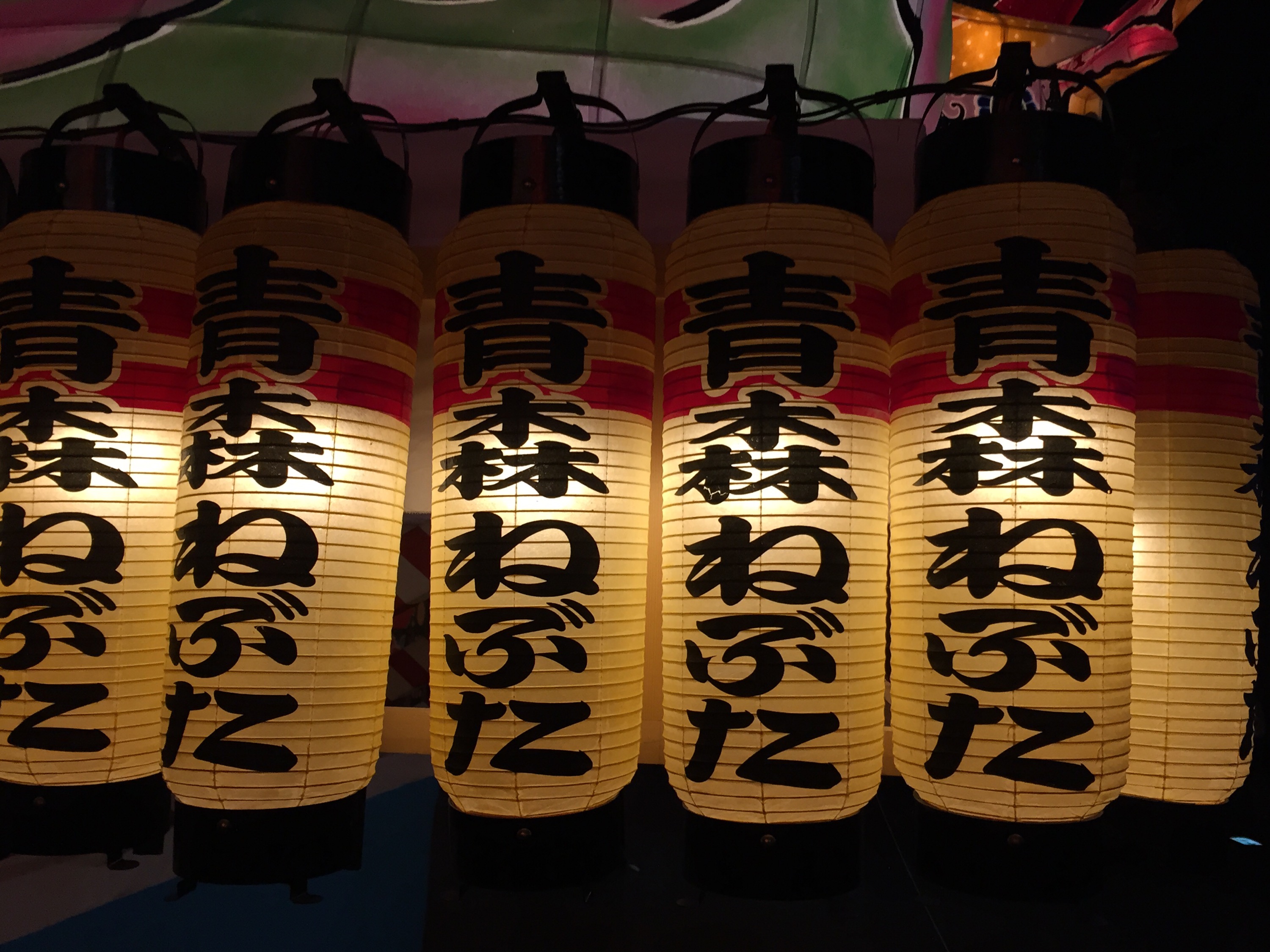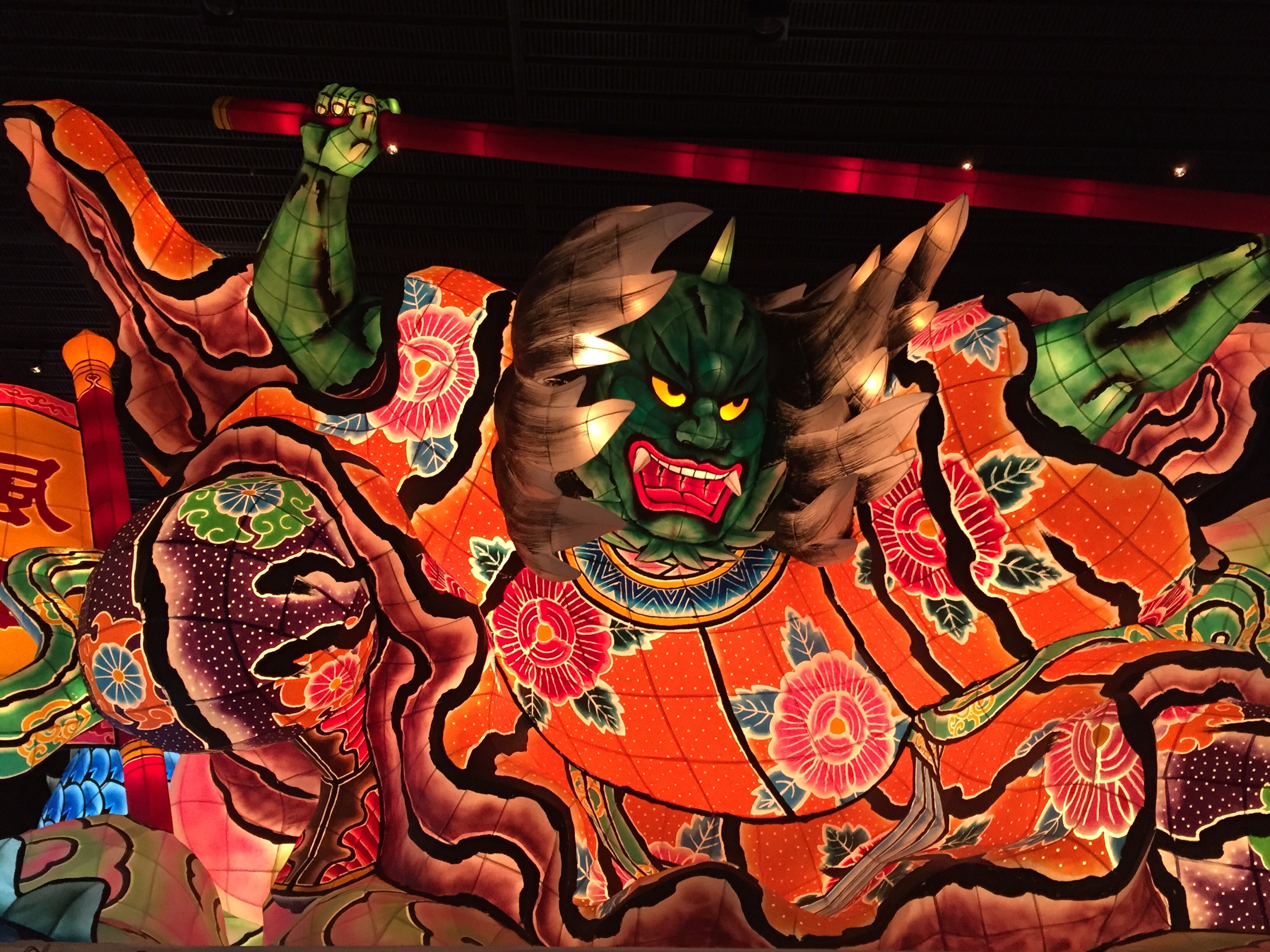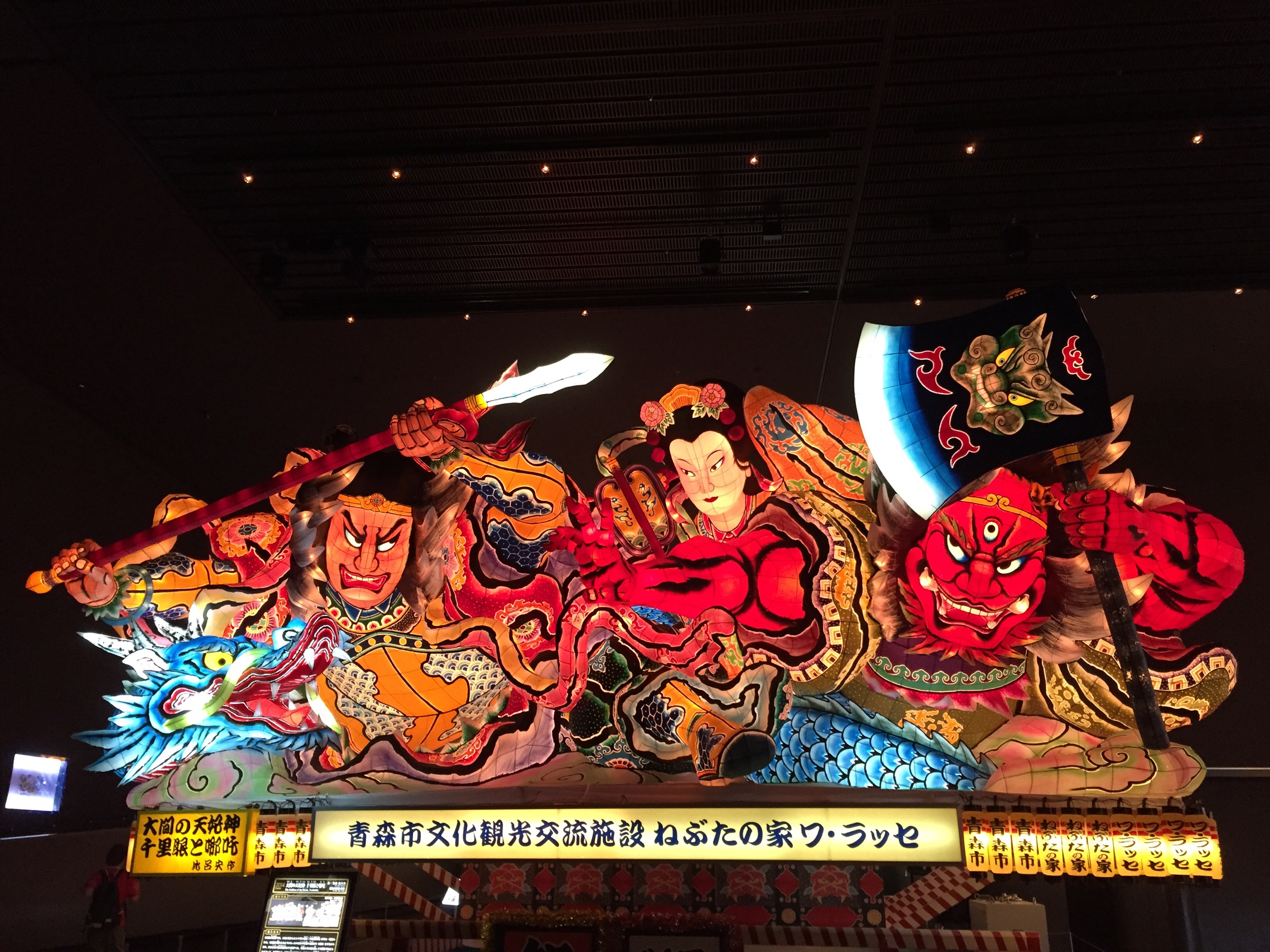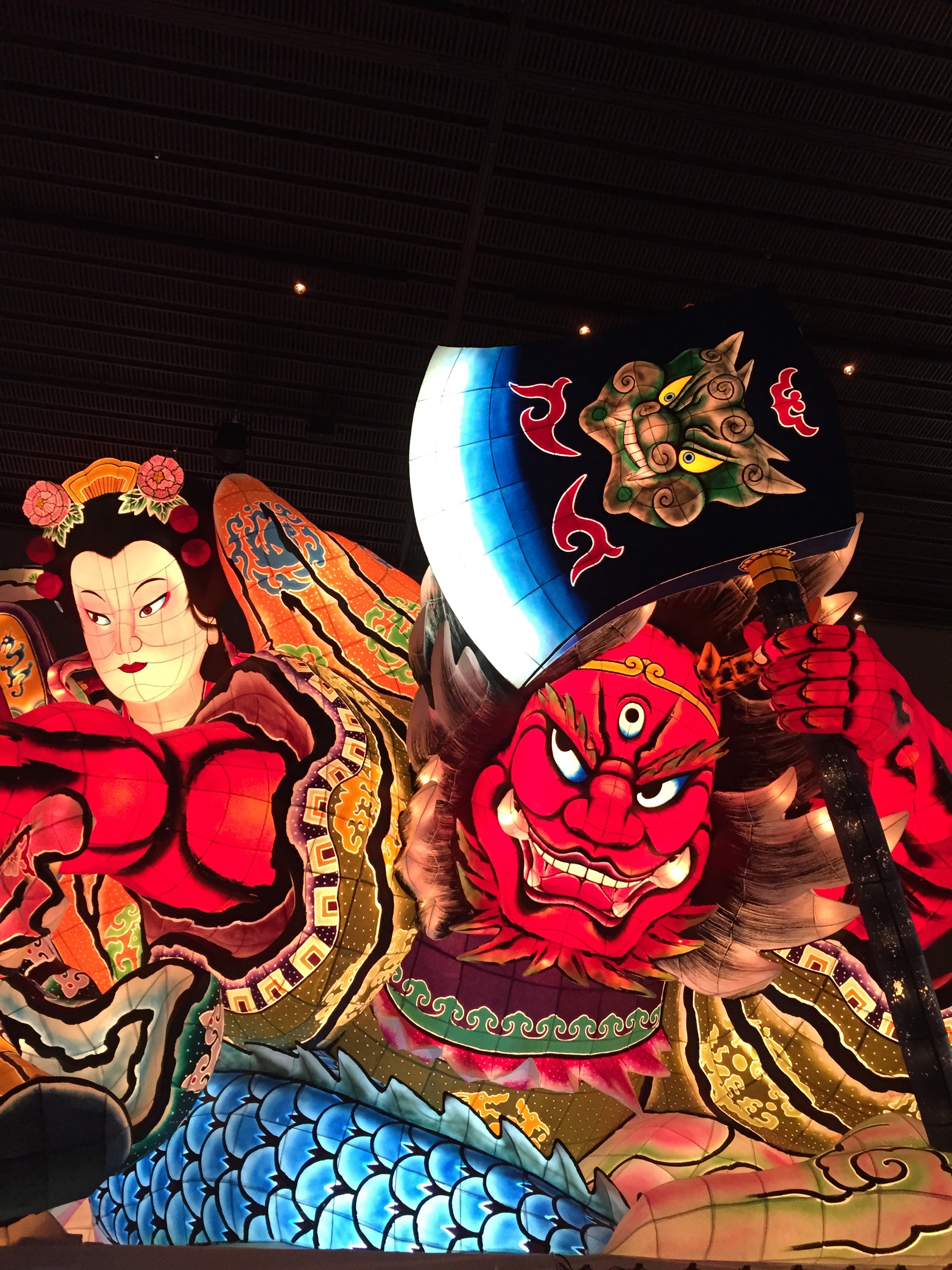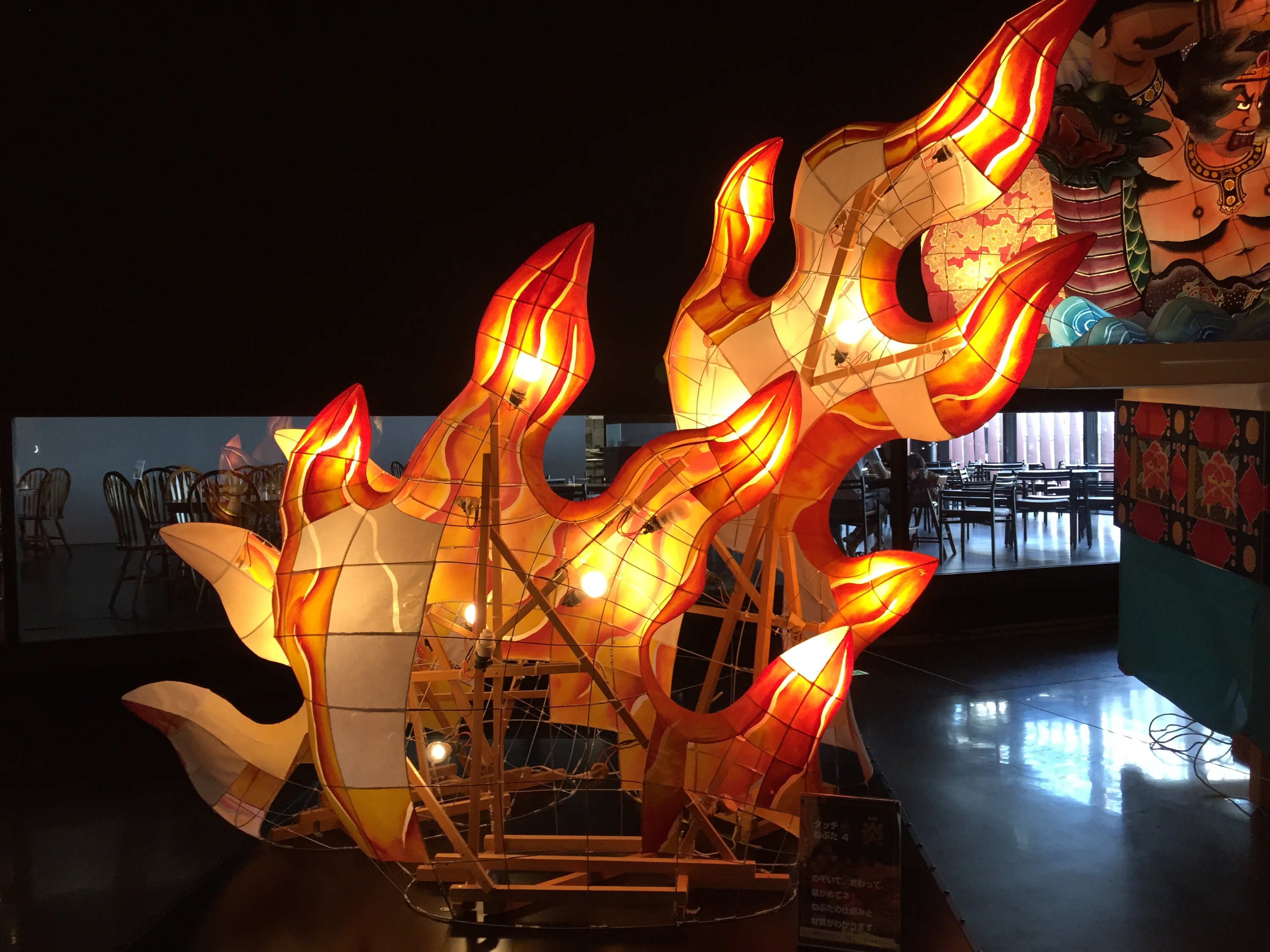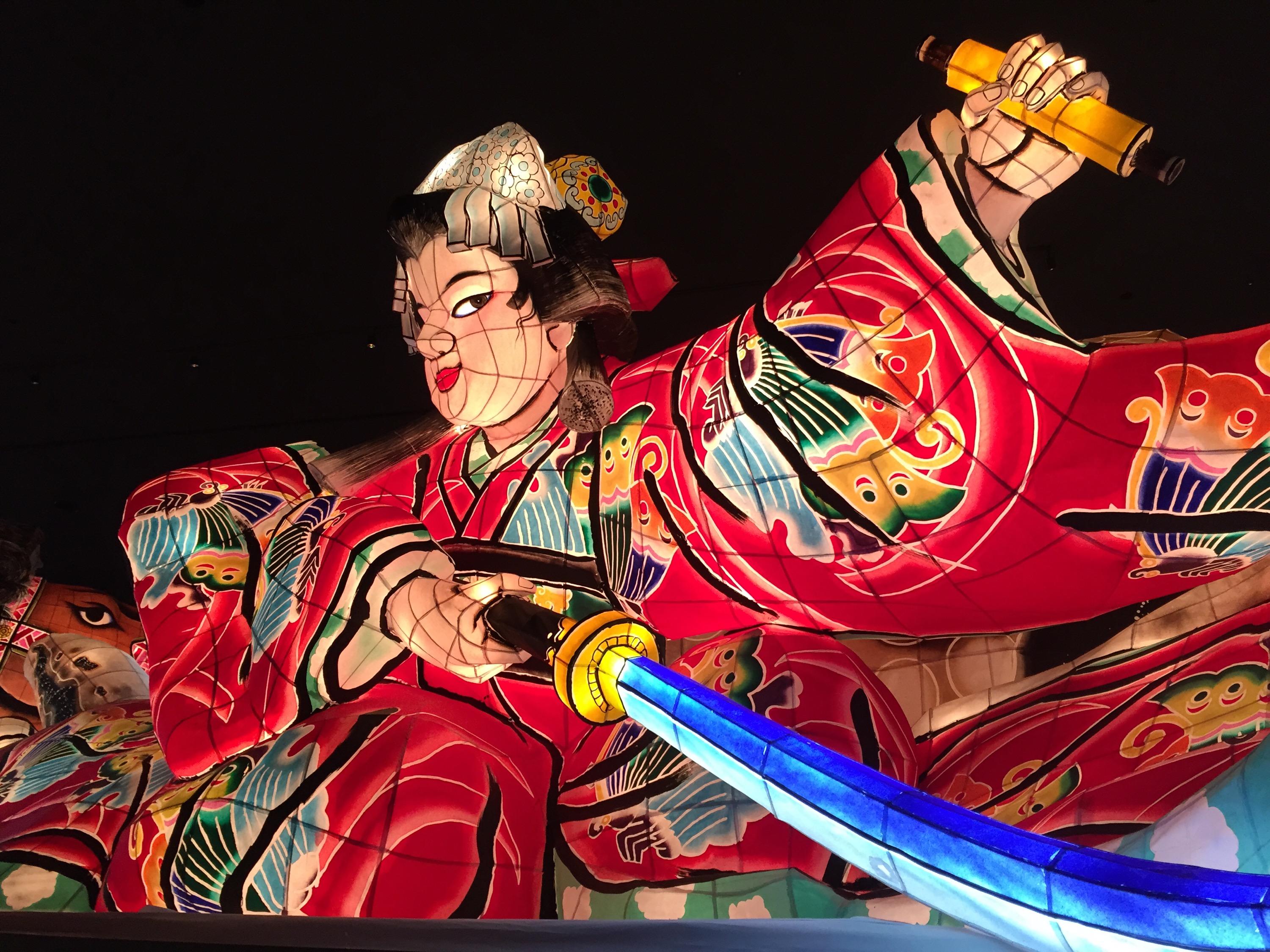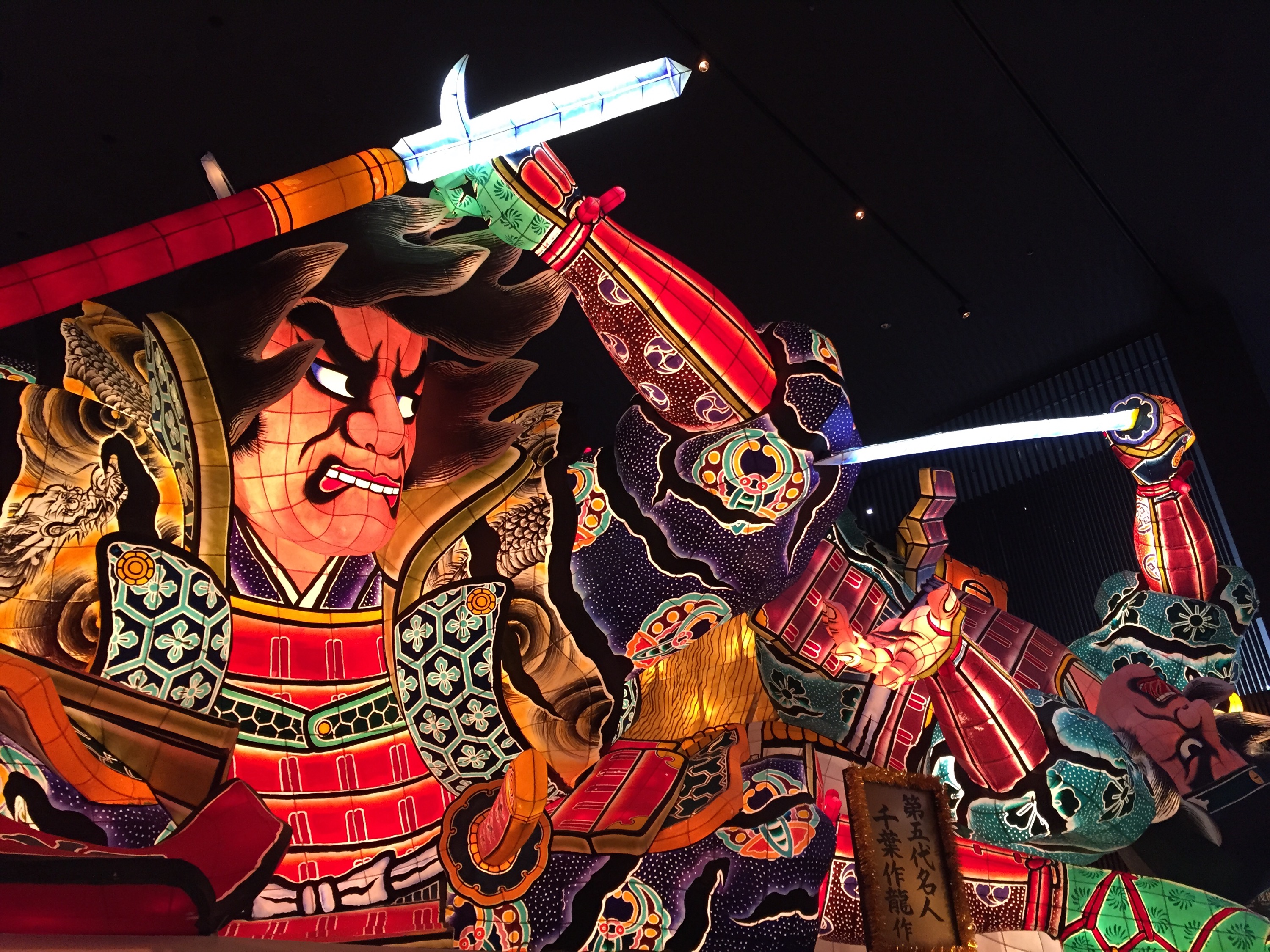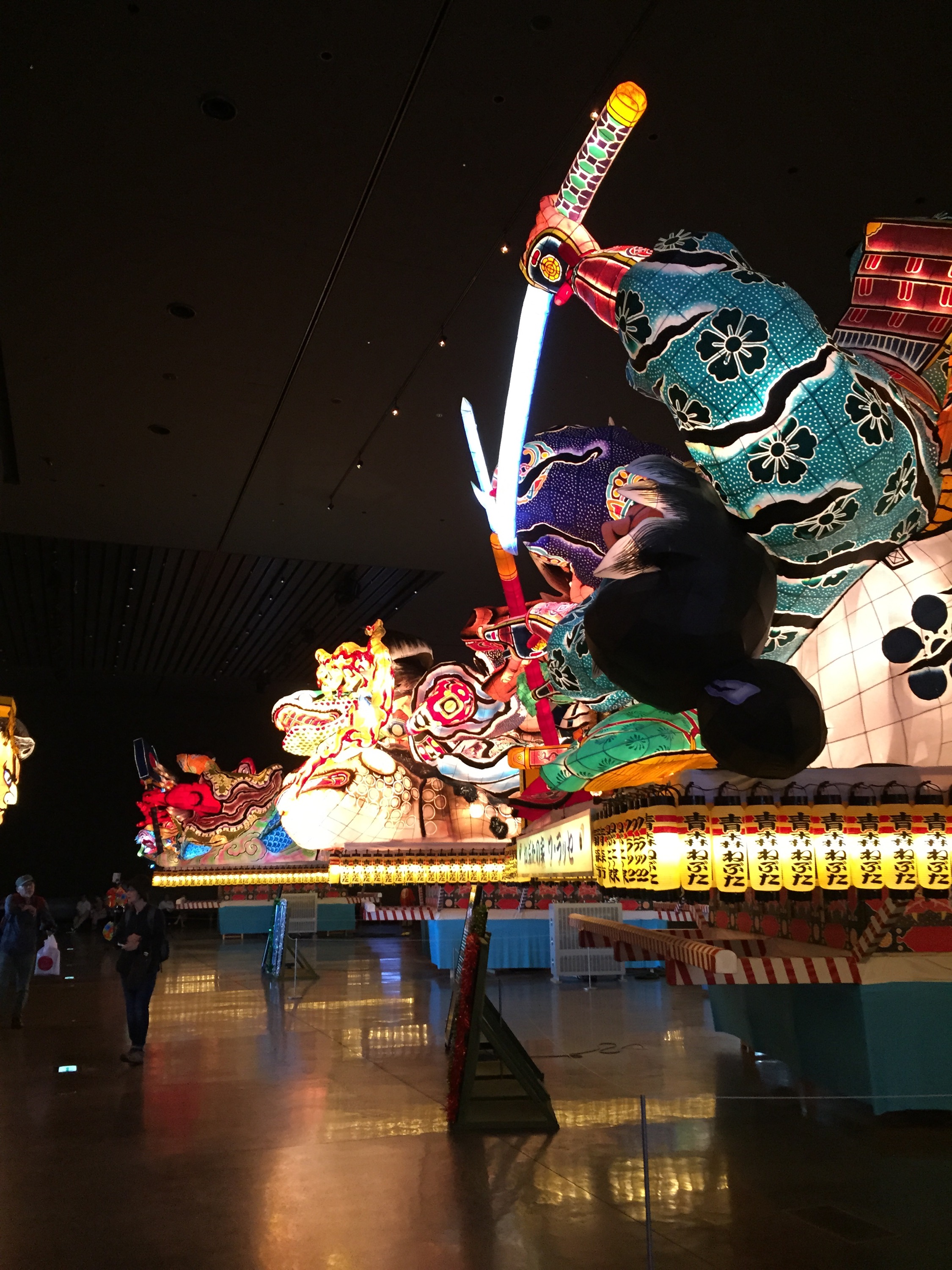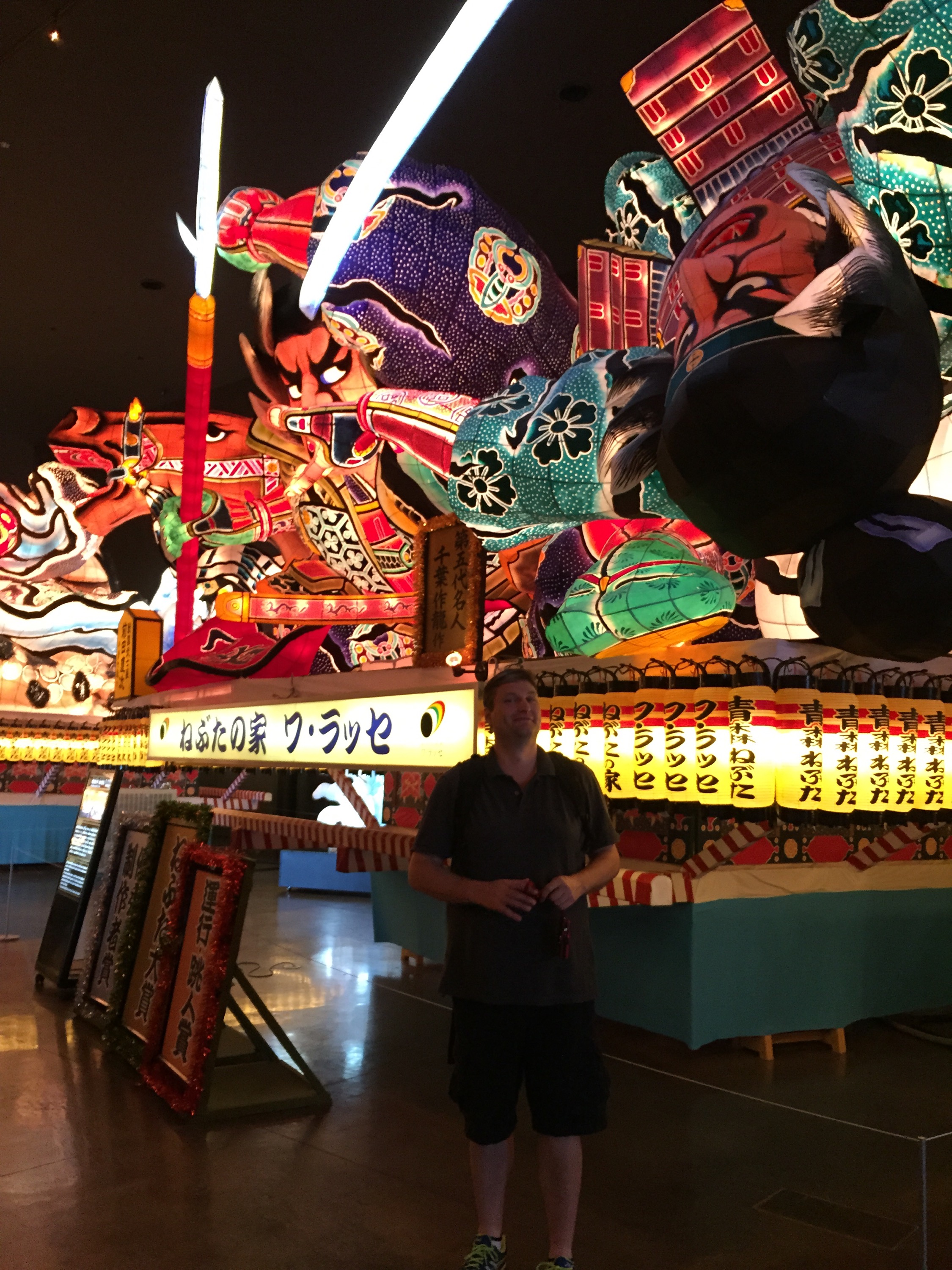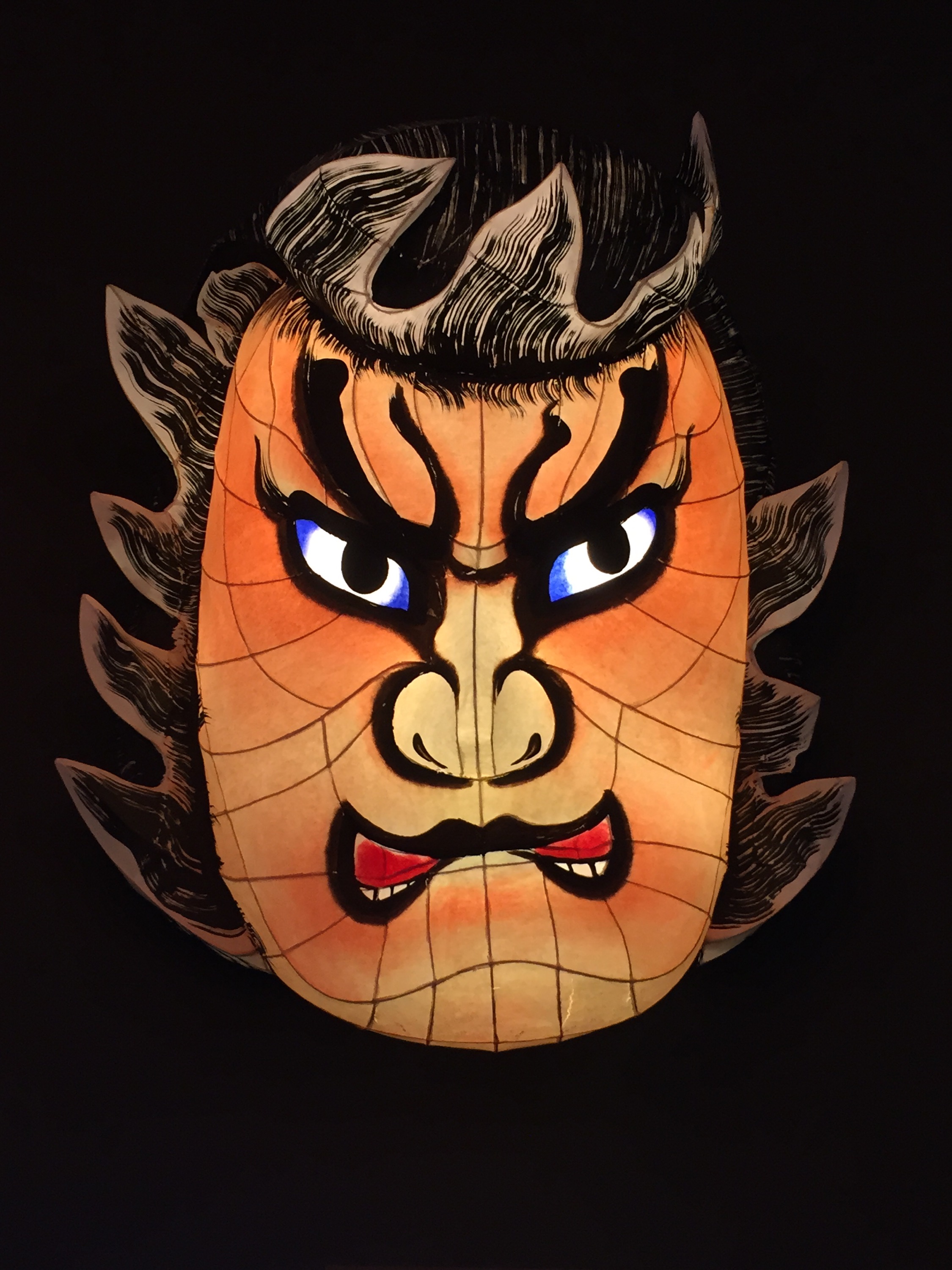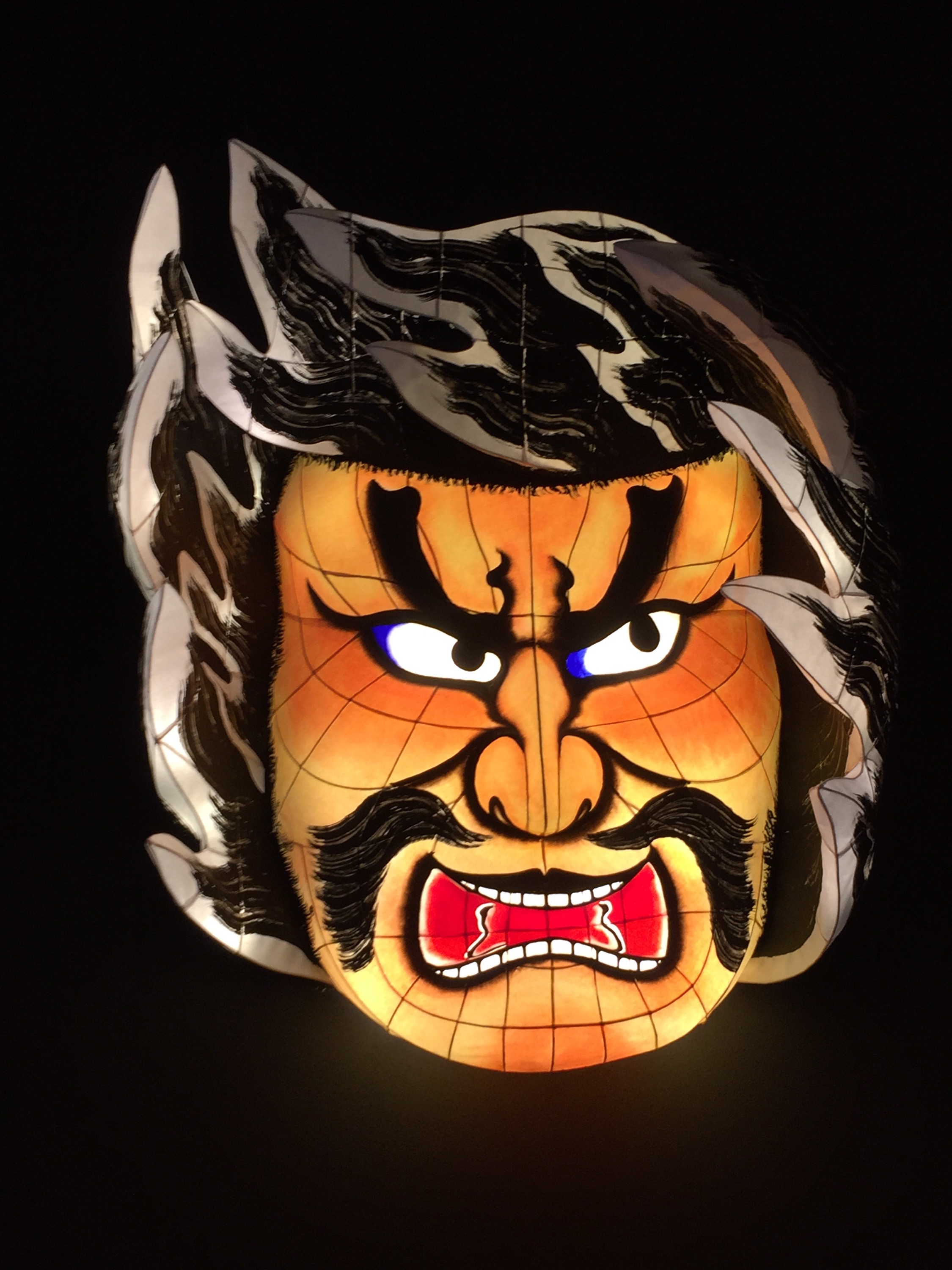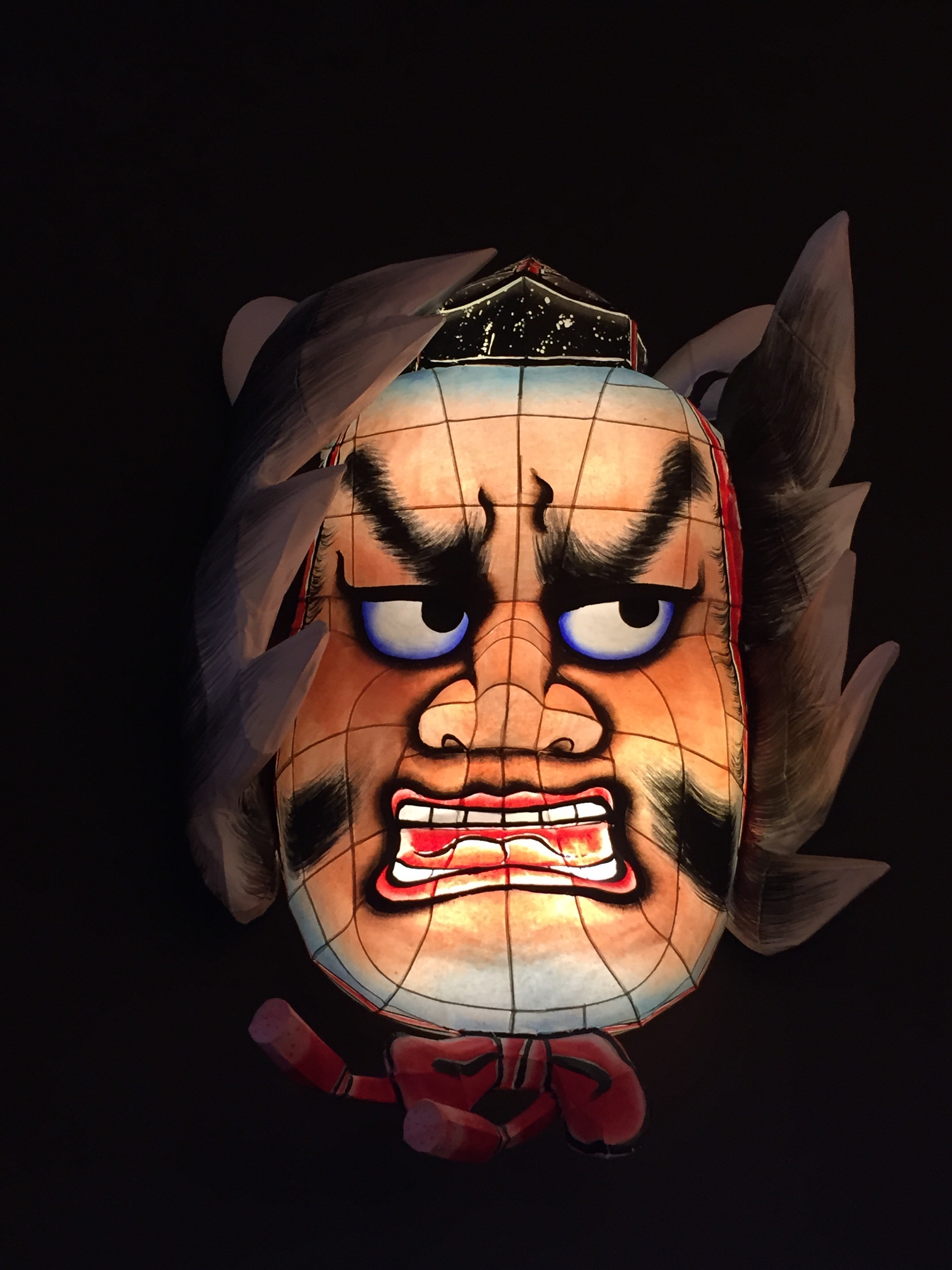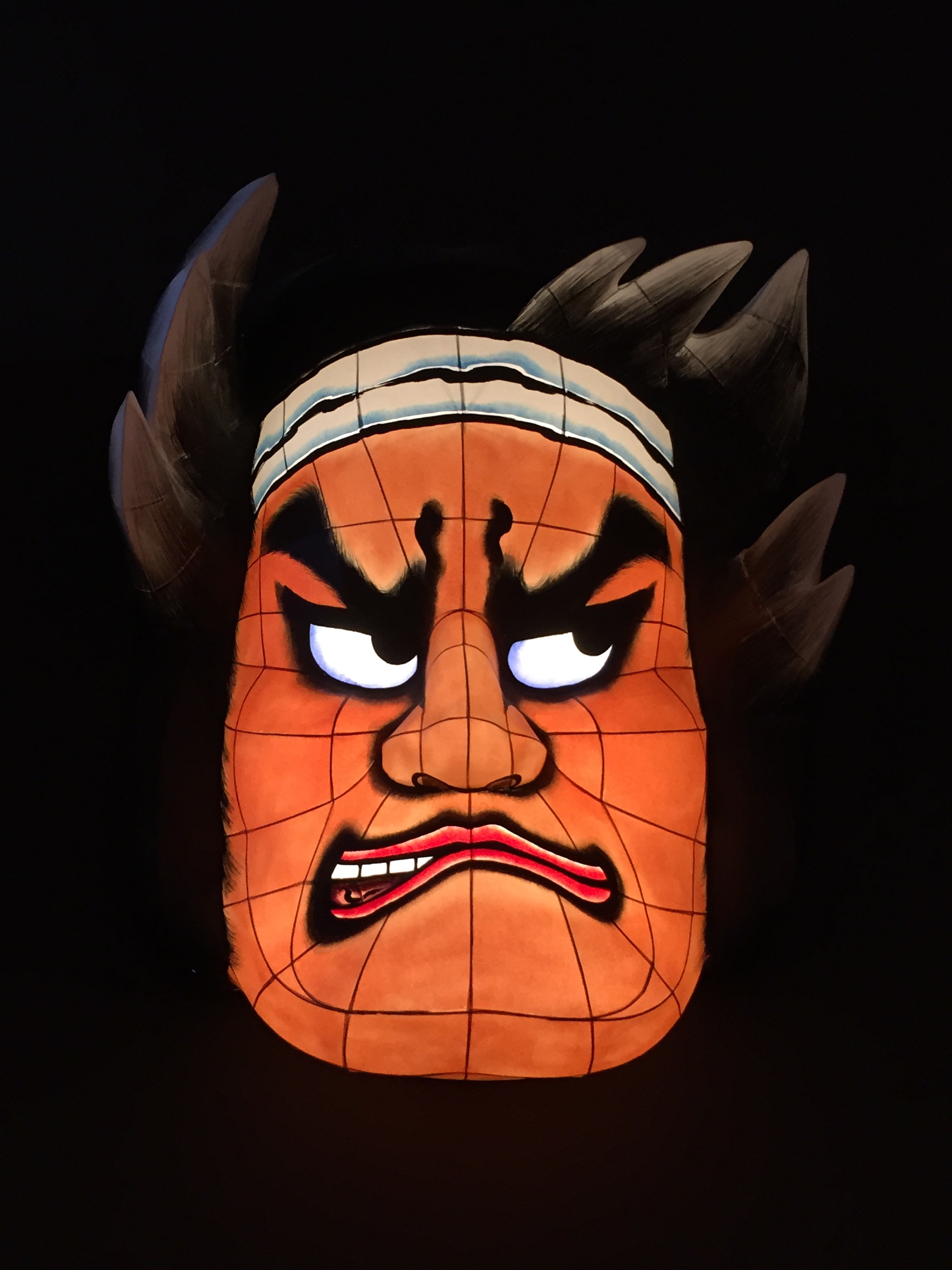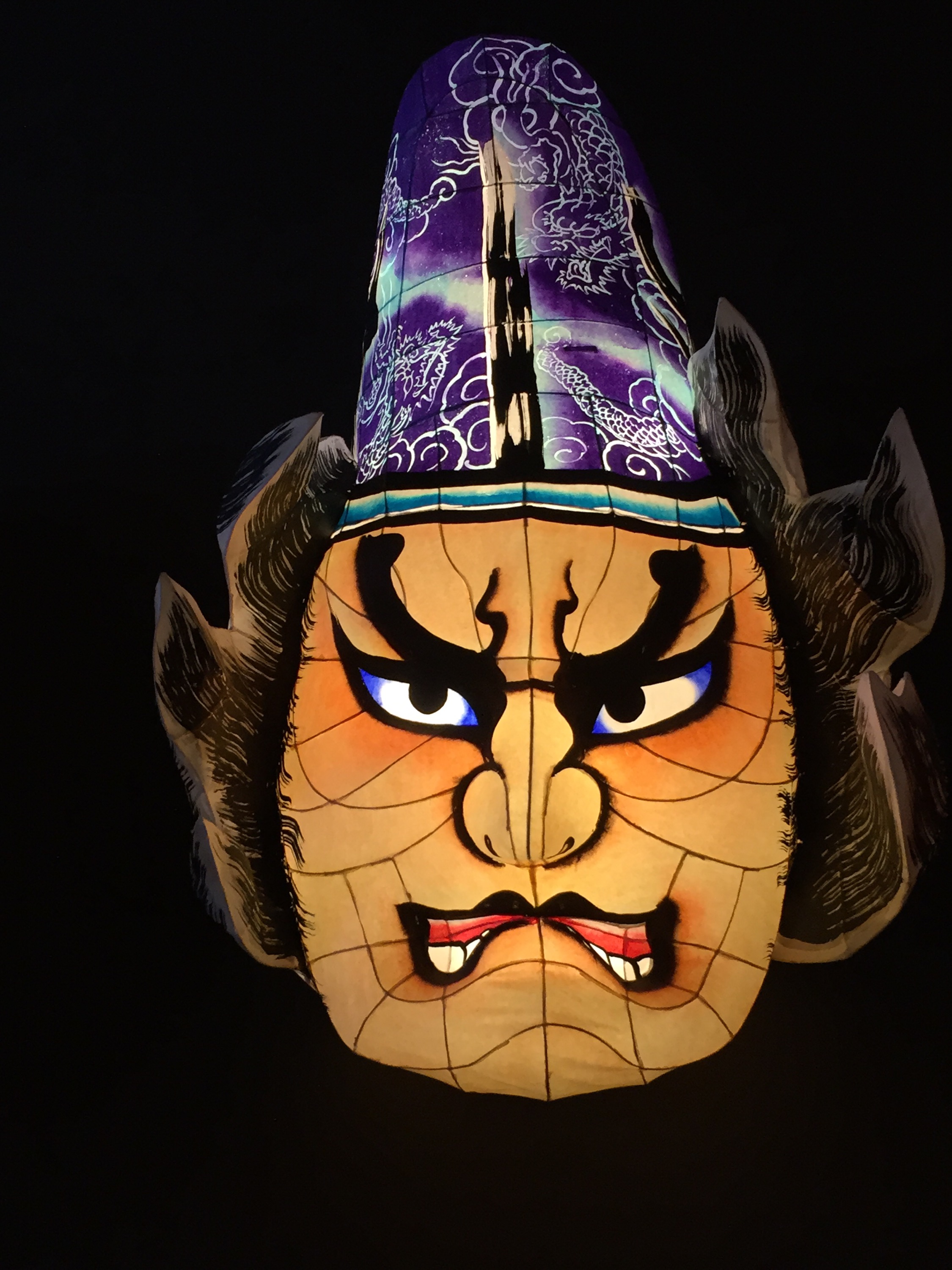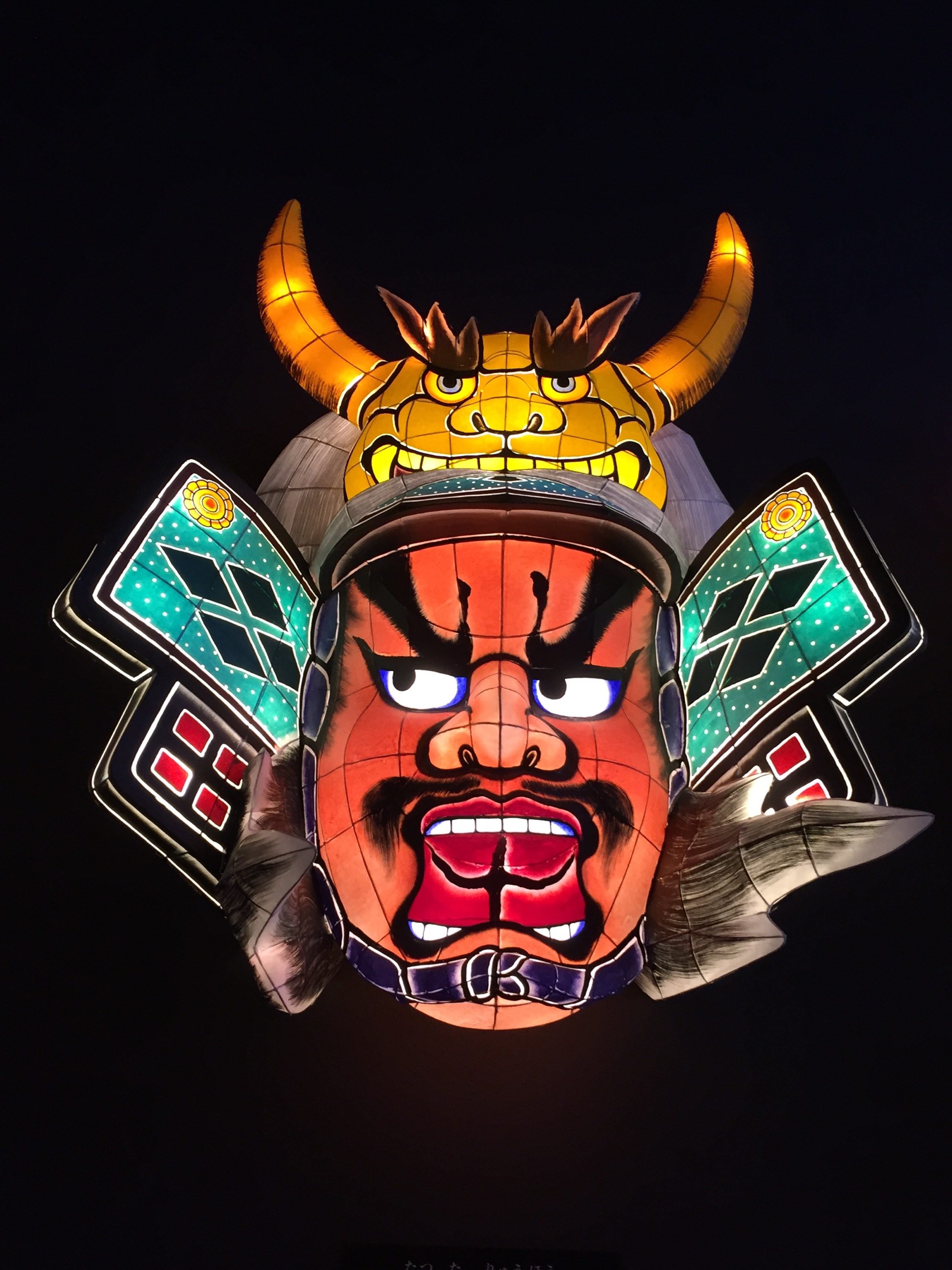This morning after an iffy night’s sleep at the Novotel Peace Hotel, Beijing, we head down for breakfast which is included in our accommodation. To be honest, I was expecting the sort of continental breakfast that you get when you stay at most Australian, UK or US hotels – muesli and cereals, toast and muffins, a couple of danish or croissant if you are lucky – and discovered the most lavish buffet breakfast I have ever seen. Waffles, eggs done three different ways, bacon, sausages, chicken, turkey, vegetables, cereals, porridge, Asian breakfast foods (rice, pickles, radish, tomatoes, all sorts really), yoghurts, juices, seven different pastries – you name it, they had it. Which would have been lovely if my stomach weren’t doing flip flops from whatever weirdness they served us on the China Eastern Air flight yesterday. They kinda had us captive all day so we were forced to try it, and whatever the ‘fishy noodle’ was … it disagreed with me. So breakfast was one egg, half a piece of bacon, and toast. Then we were picked up by our tour guide extraordinare, Kelli.
First stop Tiananmen Square. Tiananmen Square is the largest public square of its type in the world – at 44ha it is enormous, and we were told there would be around 500,000 people there today given it is summer holidays for all the Chinese schools so we were warned not to lose sight of the group. God knows once we got there she was absolutely right – it was packed full of people. Large school groups from the countryside come to the big city to see the sights, families on vacation, I’d say if there was 500,000 people there today, about 95% of them were Chinese touring in their own country.
The Square itself is only 70 years old, built right next to the ancient Forbidden City. Directly front and centre is Chairman Mao’s imposing mausoleum designed according to feng shui principles and apparetnly supposed to look like a chop (name seal) though not being tha familiar with Chinese chops, I couldnt’ see it. Directly outside the tomb was a line of Chinese tourists waiting to go in to see an effigy of the famous leader – it’s not him of course, and you can’t touch it or take a photograph of it, but the line up to go see this effigy snaked for literally kilometers back and forth across the square. It would have taken hours to line up to go in, just to have a look at the effigy of this contenious and divisive political figure. Anyway, we weren’t doing that!
To the right of Chairman Mao’s enormous tomb is a monument to fallen soldiers – a simple and stark brick monument designed to remember ‘all the heroes in heaven’ from the wars China has fought in, but most particularly WWII and the war with Chang Kai Chek (sp?). Most of the local tourist seemed to barely pause at this monument even though it represented the lives of millions of their countrymen, and yet were willing to spend hours waiting to see an effigy of Mao… I found this rather odd. Overlooking the entire Square is an enormous portrait of Chairman Mao on the outer gate of the Forbidden City, and he seems to be watching you as you walk around the area. According to our guide, Chairman Mao never step foot into the Forbidden City, due to being superstitious. He was a Water Dragon (I’m a Metal Boar/Pig according to Chinese horoscope) and he felt going into the Forbidden City would tempt fate as the Emperor’s were all traditionally from the mountains and were Clay/Earth Dragons. Apparently Earth controls the Water, and Mao who wanted to set himmself up as some sort of God, did not want to risk being controlled. Or something silly of that ilk.
Anyway – we were going into the Forbidden City. Us and about 250,000 Chinese tourists, all following people with flags on poles. 🙂 As you do. The Forbidden City was built in 1402 and covers over 7ha by itself. It has 9999 rooms that the Emperor needed to conduct his business, house his family and very importantly, house his 3000 concubines. All the buildings of the Forbidden City have yellow clay roofs – yellow was the colour of the imperial family because it represented good fortune and good luck (incidentally blue represents privacy and secrecy and pink was reserved for the concubines). Other walls and various beams and doors were red to represent happiness and longevity – making for a quite striking and colourful complex. The very outside gates were called the Upright Gates, and only people of good character were allowed to pass.
As we passed through each set of gates on the way into the centre of the Forbidden City, we walked by enormous red doors covered in huge brass studs. Our guide told us we should touch the brass studs for good luck and even though personally I kinda though it was more a ‘touch the brass studs for a dose of Hep A’, we did it anyway. Through the next gates as well, until we entered the Third Gates, also called the Phoenix Gates and we found ourselves in another large courtyard. This was the Execution courtyard, where the Emperor had his prisoners executed, his ministers wait before being allowed in for audience, where petitioners waited for meetings, and where eunuchs were made. Inside the third gates was the Hall of Supreme Harmony – the Emperor’s main digs. The building holds over 3000 people – it had to accommodate his ‘family’ (including his concubines) for weddings, birthday and Chinese New Year events. So is quite the impressive building considering it is now 600 years old.
The Hall of Supreme Harmony rests atop three marble plateaus, representing the earth, the humans, and heaven. The Qing Dynasty Emperor was the last ‘proper’ emperor to reside here. The Qing Dynasty died when a once loyal General got angry at the Emperor for taking his beautiful wife as a concubine. He decided to get even by allowing the Manchurian army into the Fobidden City and the Manchurians then made themselves supreme rulers. (There is SOOO much history omitted here for the sake of brevity and not wanting to get my dates etc mixed up – all of it fascinating).
Behind the Hall of Supreme Harmony was the Emperor’s Office where he conducted most of his official business near the Home of Mental Cultivation. Opposite the Emperor’s Office is one of the treasure’s of China – a 7000 year old Jade disc that represents the Heavens, set within a square granite block carved with 8 dragons. The Emperor himself was meant to represent the 9th dragon (many things here come in 9s). It was so placed, such that the Emperor if he started to lag in his work, could be reminded of how he was the connection between his people here on Earth and the Heavens.
The next area we went into was the visiting space for the concubines. With the Emperor being just one man and having 3000 women to choose from every night, each lady had a ‘business card’ made out of gree and white jade. On the green section of the jade was the concubines name, on the white section an artist would paint the concubines likeness. Many of the concubines would bribe the artists to make them look even more beautiful on their portraits than in real life in the hope of securing the Emperor’s favour – because seriously, given that the Emperor was choosing only 3 women every night, that meant each concubine would only get a look in maybe once every three years… and pregnancy was her only way to elevation. There were 9 levels of concubine, and each concubine was entitled to a certain standard of living. If she was favoured and bore the Emperor children, her little household entitlements grew as did her status within this world of women. If however she didn’t recieve the Emperor’s favour, she was at the mercy of the higher ranking concubines forever. If chosen, eunuchs would fetch the women, bathe them, make them up to the Emperor’s liking and bring them to this meeting space naked. They would wrap the women in a silver quilt and carry them to a room to await his visit. The nakedness was to ensure they weren’t carrying any weapons – not everyone was happy about being chosen to serve the Emperor as a concubine. With three ladies every night, he might choose all or none to lie with, so getting pregnant had pretty slim odds… that and the Emperor had his favourites who he would visit with regularly. Not much of a life if you ask me.
After this we went into the private Royal Gardens of the Forbidden City. Nothing like Japanese gardens at all. This garden was full of enormous pieces of ragged limestone, which had been imported from the South of China and was an ostentatious display of wealth – to be able to pay to have such large rocks moved. There were also large juniper trees and pommegranate trees and every tree was specifically selected according to feng shui desing principles. The paths were made of tiny rock mosaics, apparently the work of bored concubines who had nothing else to occupy their days but to linger in the gardens and make the pavements pretty. The Forbidden City was very impressive, and I could not help but wonder that it was an ulimate expression of what could be achieved with unlimted wealth, manpower and other resources. Just incredible… though it would have been truly a sight to behold when it wasn’t swarming with sweaty tourists.
After this we went for lunch at a 300 year old restaurant, the name of which I am unable to pronounce let alone write. We had traditional Chinese lunch, and I am sure it will come as no surprise to anyone that is it nothing like the sweet, over-MSG’d food that passes for Chinese food back home. There were fish dishes, two chicken dishes, a mushroom dish, some chicken dises (one, complete with disconcerting chicken head), a couple of pork dishes and a unique pear soup that this restaurant has been making for hundreds of years – the pears are boiled for five hours and distilled somehow to end up tasting like a sweet pear mead. Very unusal, and of course with such a banquet laid out and so many dishes to try, and free beer, the guys all got stuck into it. Me and my delicate stomach were rather less adventurous than one should be on such occasions. But what I did try was absolutely delicious.
Once everyone had their lunch and had a chance to visit the ‘Four Star Happy Room’ (Forbidden City have Two Star Happy Room and Four Star Happy Room, you want wait if you can hold on – yes, the Happy Room is our guide’s euphemism for the bathrooms)… we made our way to the Summer Palace, so named because the Imperial Family (Emperor, Empress, children, favourite concubines) would move there for the long hot sticky summer months – we which can attest are postively putrid. It was so hot today, that everyone was sweating like pigs, and struggling to keep hydrated. Anyway, I wasn’t quite sure how the Summer Palace which is by all accounts not that far away from the Forbidden City, was going to prove so much cooler. But it turns out the Summer Palace is three times larger than the Fobidden City and 80% of that space is taken up with an enormous lake. So you have Forbidden City which gets breezes off the land, with a huge lake on the other side of it, and the Summer Palace across that lake – which means the prevailing wind there is coming off the lake and naturally very cooling.
The Summer Palace had many of the same rooms and layout as the Forbidden City, but not as large or grand. Emperor’s living quarters, Empress’ living quarters, meeting rooms, concubines rooms etc. There is also a Confucian temple where scholars came to study – there were up to 3000 students at any one time and only 72 ever excelled. To become a Confucian student, you had to provide 20kg of rice and 20 kg of pork, though I am not sure why… tuition I guess? Those studying the Confucian systemp were considered to be ‘believer’s of that system and it was very much treated like a religion. There was also a Taoist Temple and Buddhist temple in the Summer Palace, but all the religions got along fine.
The most striking feature of the Summer Palace was the 750m long covered corridor that follows along the lake’s edge. It was long and elegantly decorated – some 14,000 individually painted pieces – with some covered gazebos spaces along its length. Walking through there, even though we were surrounded by Chinese tourists who seem to want to stare at short blonde people almost as much as the Pakistantis in Islamabad did, was extremely pleasant compared to the close, fetid air of the Forbidden City. You could certainly see why they built the Summer Palace there and I can imagine it was once a beautiful lakeside garden of much quiet contemplation and refined entertainment. I could just imagine what living in this Palace would have been like 600 years ago – though knowing my luck, I would have been a slave or a concubine. :/
After exploring the Summer Palace we took a Dragon Boat ride back to our bus and there endeth our exploring of Beijing for one day – everyone was tired, sweaty, footsore but happy. So many beautiful sights. Back to the hotel for a swim in the wonderfully cool indoor pool and then to hunt down a light dinner… After lunch, it’s a wonder if any of us want to eat!


